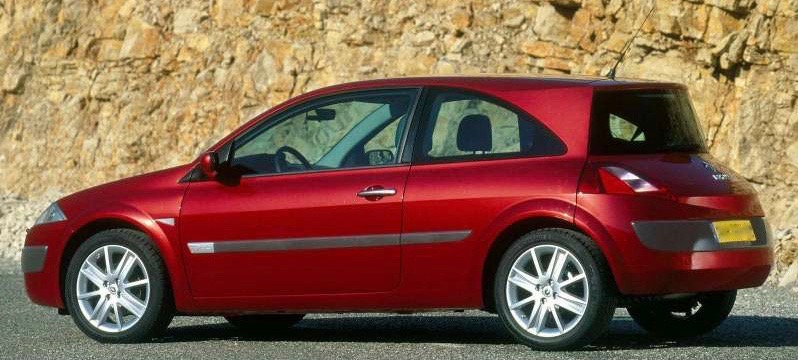My latest e-book has just been released at Amazon.com. That's the cover above.
It deals with automobile grilles and other details of the “face” or front end of a car. Facial appearance has long been an important consideration in the automobile industry because it is a major means by which people – especially potential buyers – identify makes of cars.
Over the years, different brands (actually their management, stylists, marketing and advertising personnel and consultants) have taken varying approaches to
continuity of styling themes for fronts of their cars. The degree of such continuity is the theme of this book.
More than 30 brands are dealt with here, some sketchily, others in detail, depending on the points I think need to be made.
In most cases,
there is considerable model-year coverage for American cars from the late 1940s to the early 1960s. That is because this was the time when styling evolution largely ended, when cars received so-called “envelope” bodies where fenders and other items were no longer the clearly distinct objects they were before. Therefore stylists began to grapple with new themes that were more fashion-related than having to do with goal-related lines of body development.
Chapters are ordered alphabetically by brand, so readers are urged to first read the Introduction and then skip around the chapters depending upon their interest in the various makes of cars. The format of the chapters can be characterized as a series of captions to the images presented.
Brands covered are Rolls-Royce, Plymouth and Volkswagen (in the Introduction), followed by in separate chapters: Alfa Romeo, Aston Martin, Audi, Bentley, BMW, Bugatti, Buick, Cadillac, Chevrolet, Chrysler, DeSoto, Dodge, Ford, Honda (Civic), Hudson, Imperial/Chrysler Imperial, Jaguar, Lancia, LaSalle, Lexus, Lincoln, Mercedes-Benz, Mercury, Nash, Oldsmobile, Packard, Pontiac, Saab, Studebaker and Volvo.
Thanks to Amazon's automated conversion-to-Kindle processing, the illustrations are not as large as they were in my Word draft. Therefore, for people buying the book, I suggest downloading it to their device with the largest available screen.
But thanks again to Amazon, if you have a desktop computer or a laptop with a reasonably large screen, they have a free Kindle App that displays the book and lets you size a page so that the images are as large as they were originally. Of course, you need to have already purchased the book and downloaded it to your iPad, Kindle or other device before you can access it via the app.































